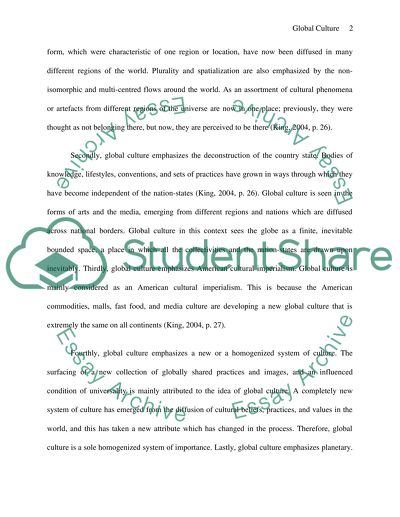Cite this document
(Global Culture Conceptualizations Article Example | Topics and Well Written Essays - 2000 words, n.d.)
Global Culture Conceptualizations Article Example | Topics and Well Written Essays - 2000 words. Retrieved from https://studentshare.org/social-science/1451420-introduction-to-globalisation
Global Culture Conceptualizations Article Example | Topics and Well Written Essays - 2000 words. Retrieved from https://studentshare.org/social-science/1451420-introduction-to-globalisation
(Global Culture Conceptualizations Article Example | Topics and Well Written Essays - 2000 Words)
Global Culture Conceptualizations Article Example | Topics and Well Written Essays - 2000 Words. https://studentshare.org/social-science/1451420-introduction-to-globalisation.
Global Culture Conceptualizations Article Example | Topics and Well Written Essays - 2000 Words. https://studentshare.org/social-science/1451420-introduction-to-globalisation.
“Global Culture Conceptualizations Article Example | Topics and Well Written Essays - 2000 Words”, n.d. https://studentshare.org/social-science/1451420-introduction-to-globalisation.


